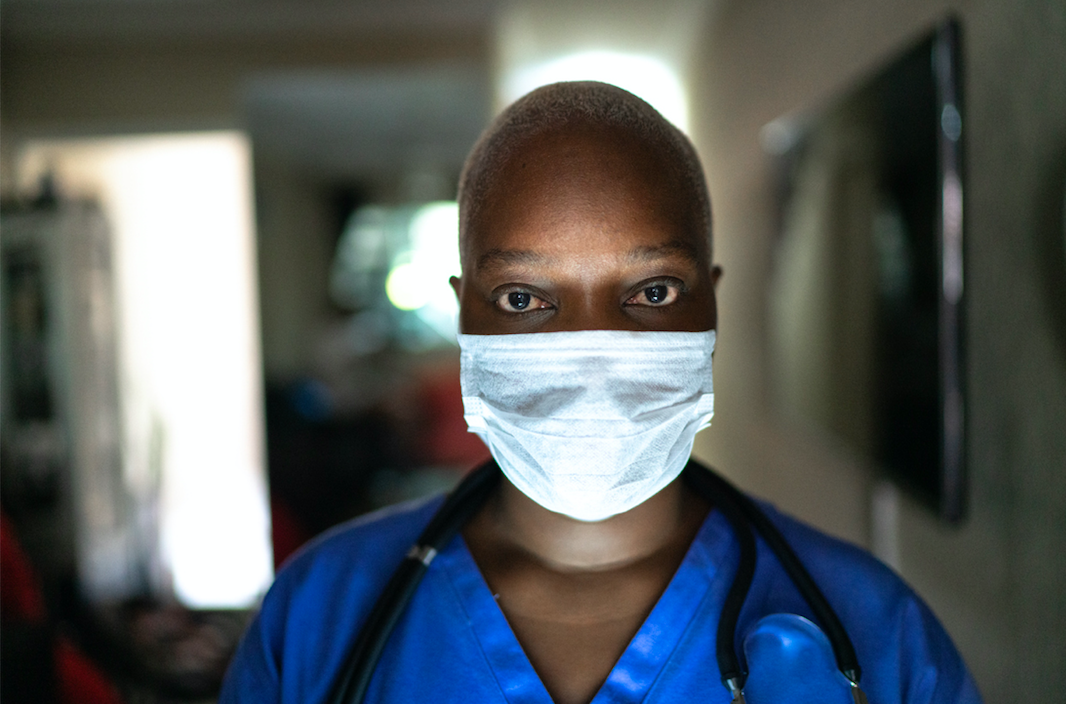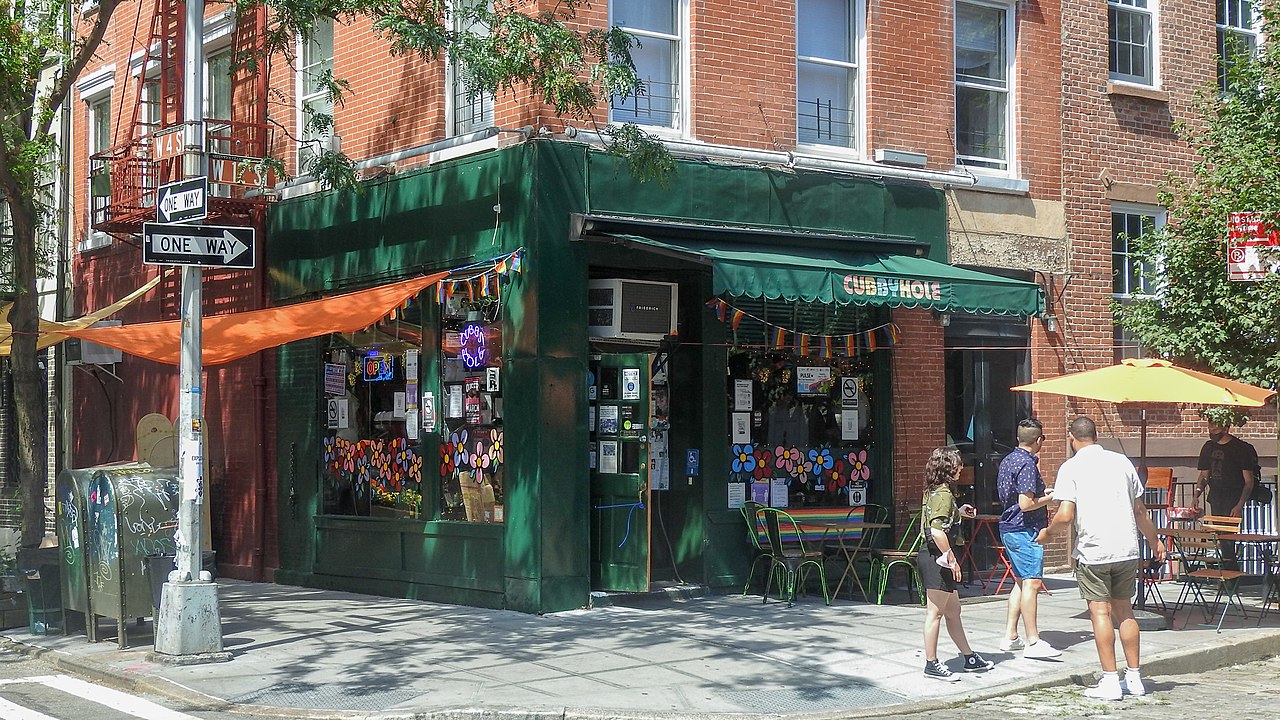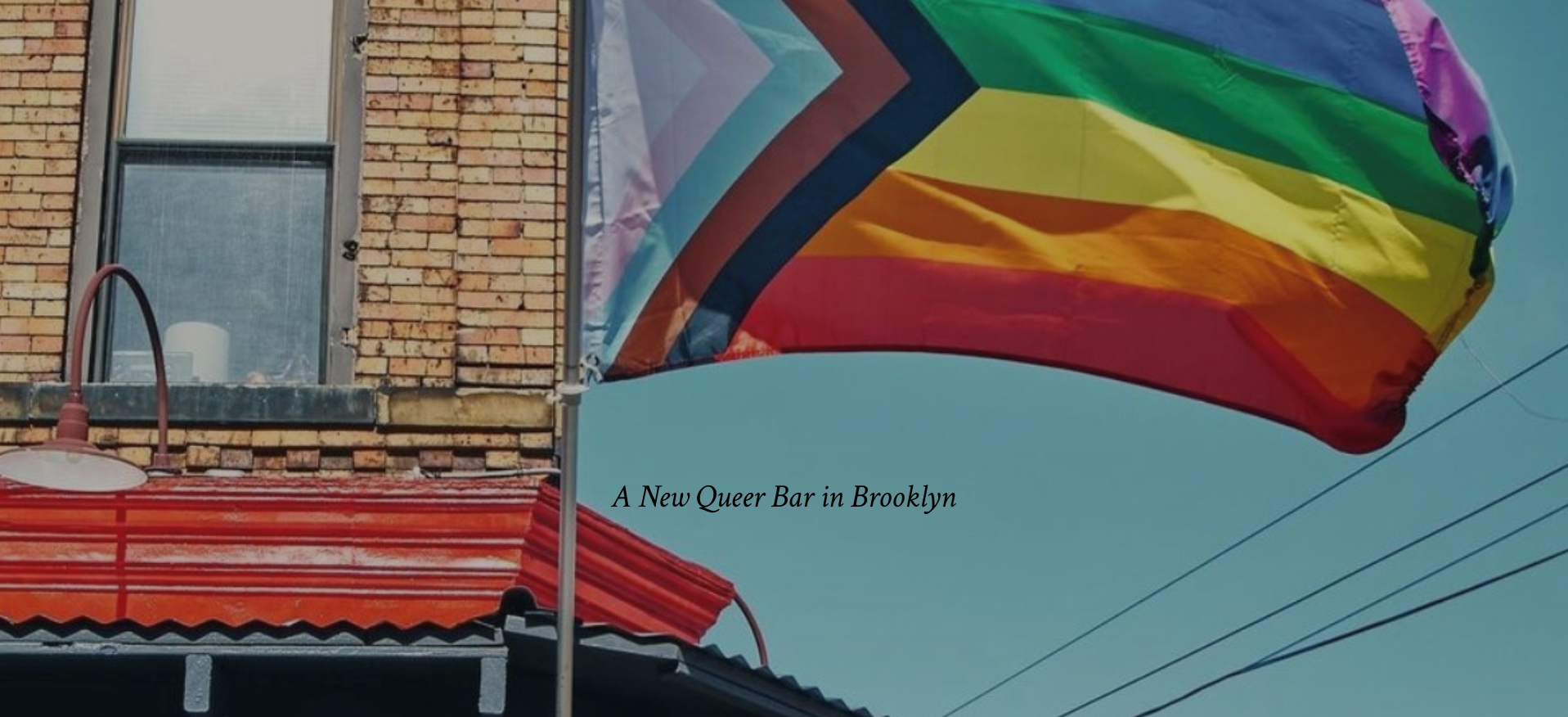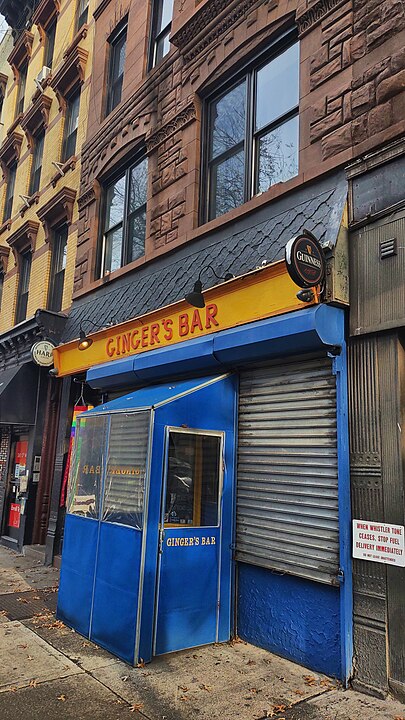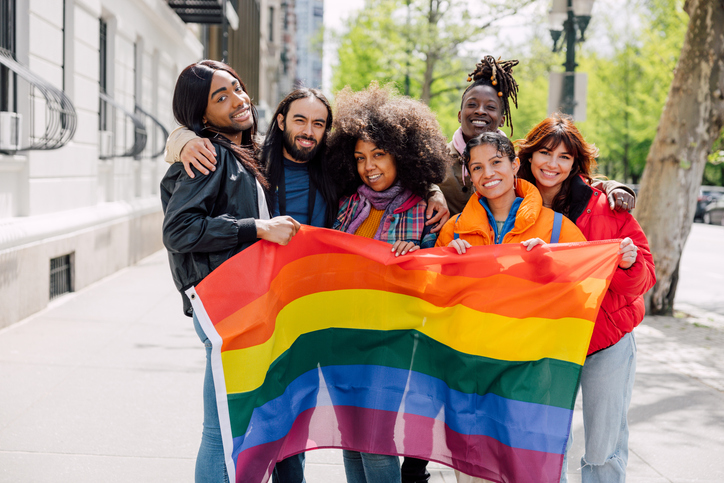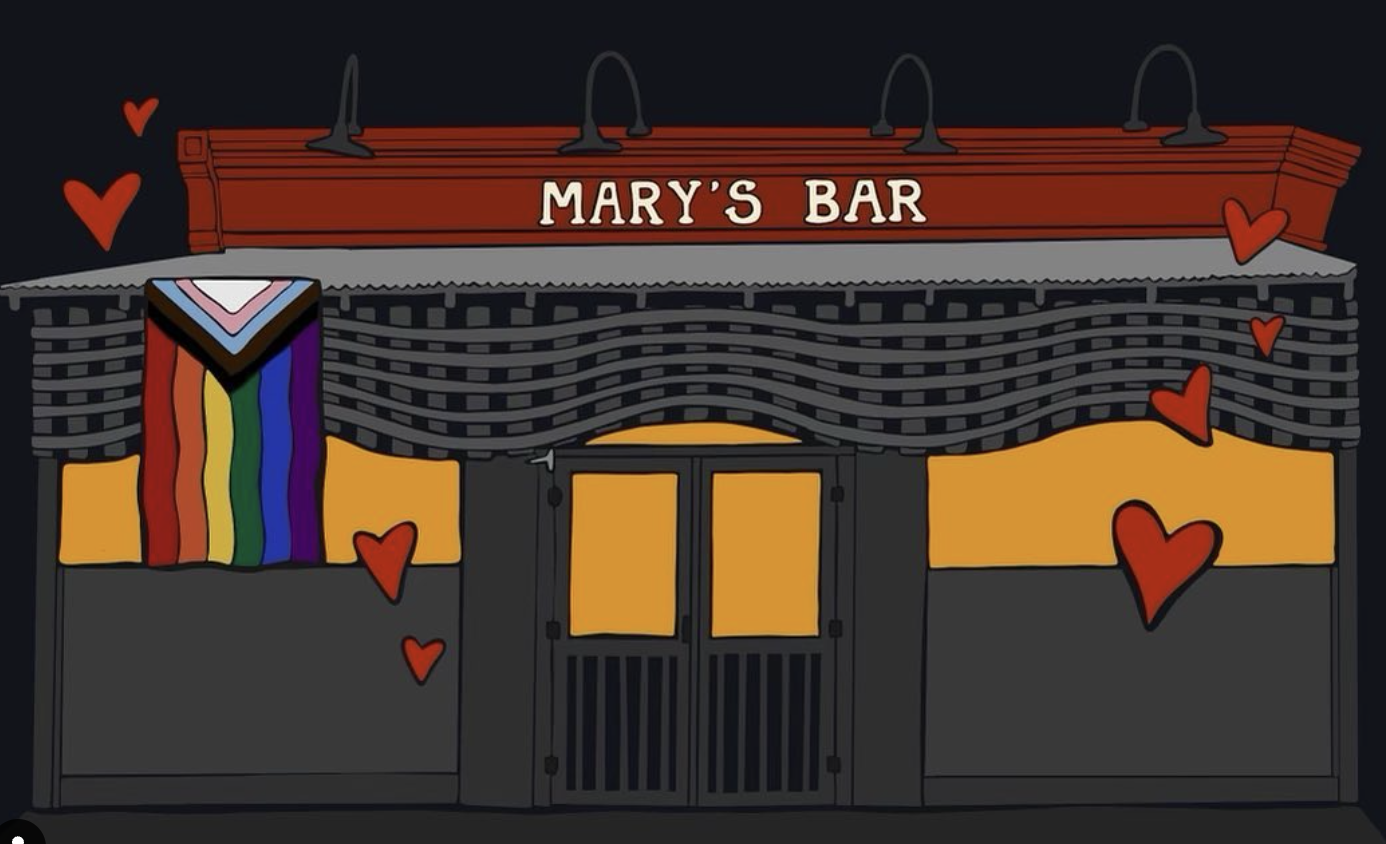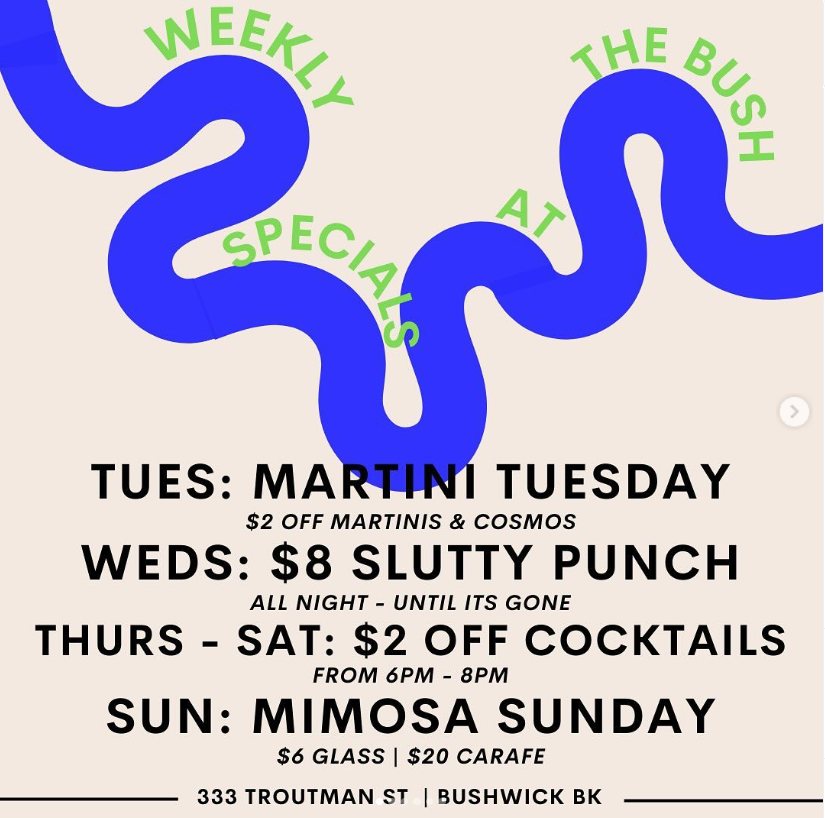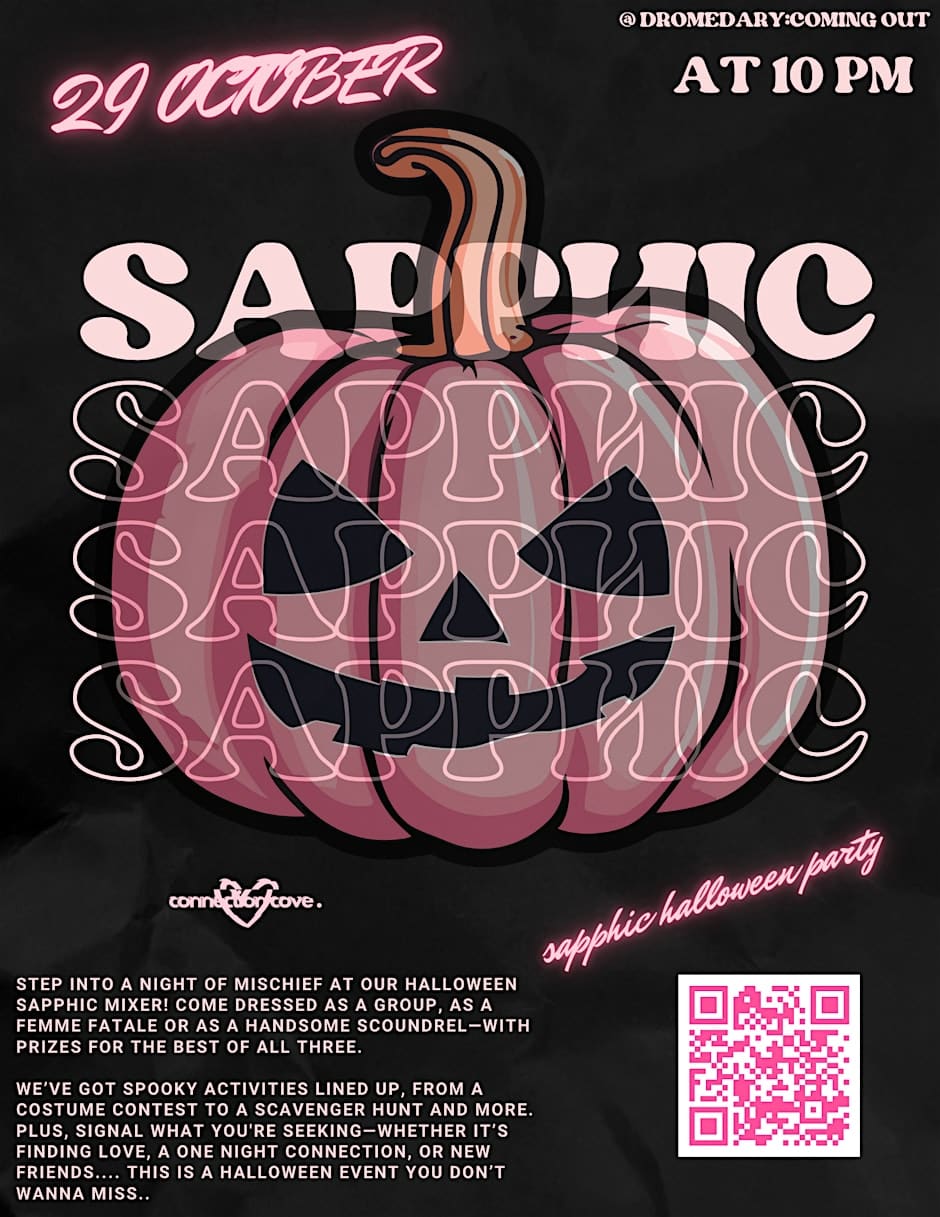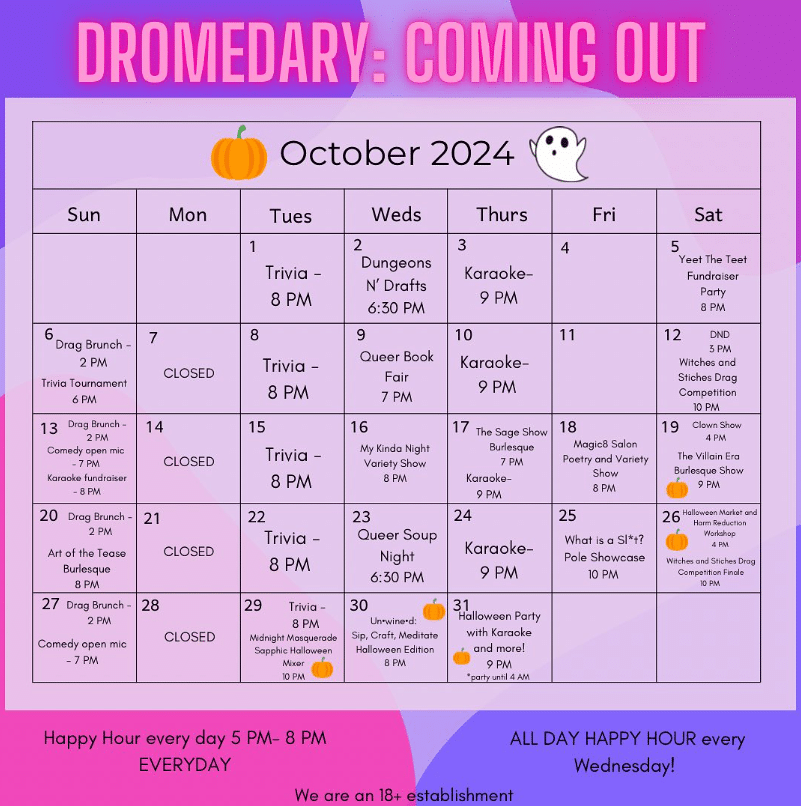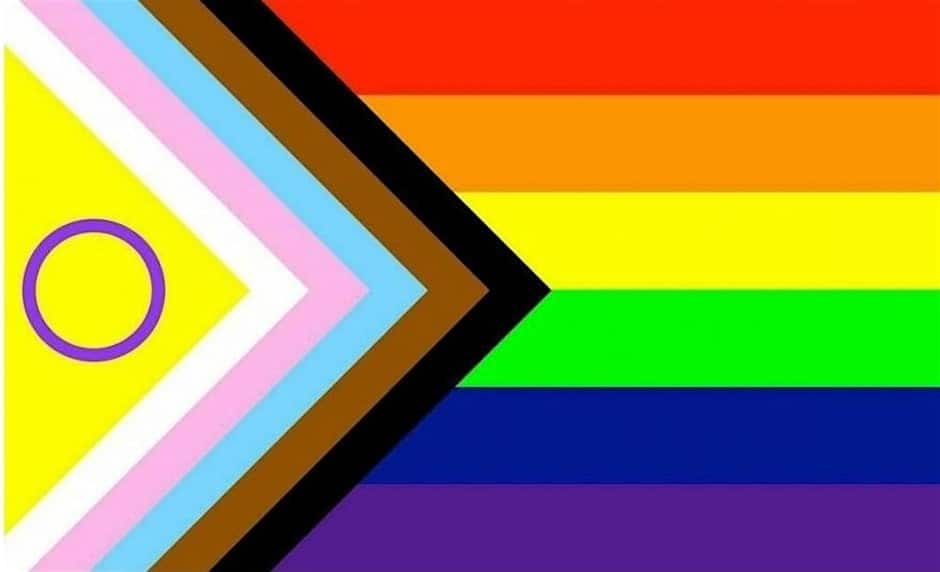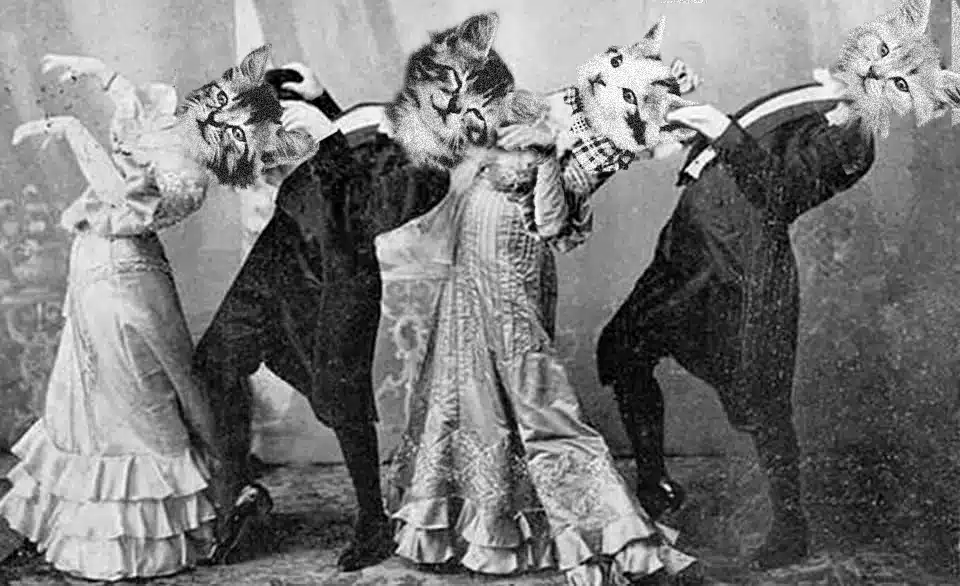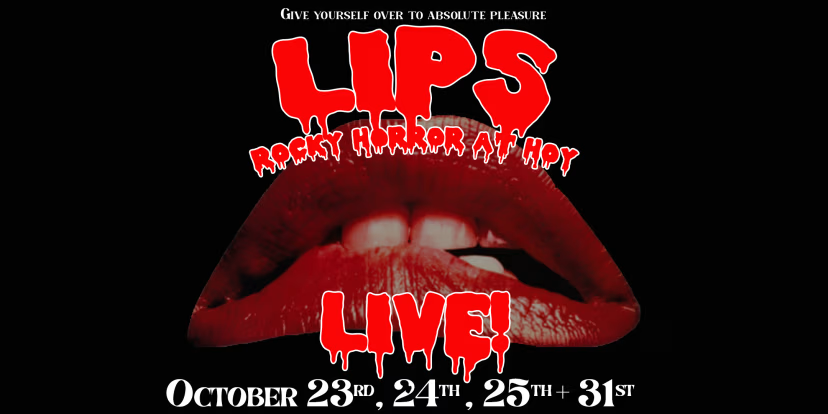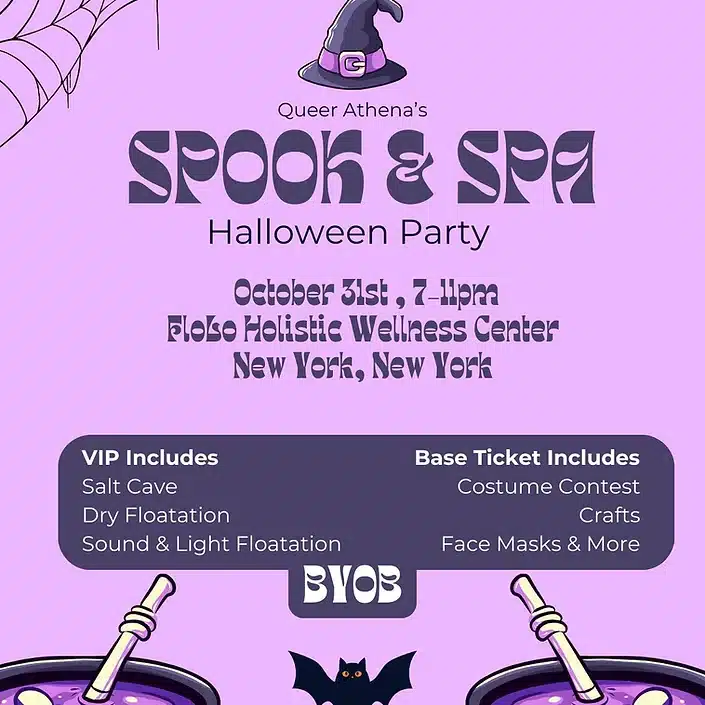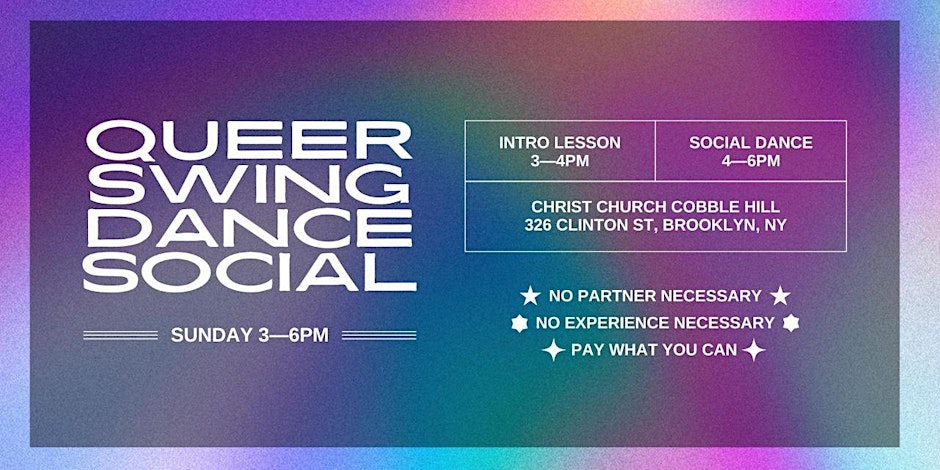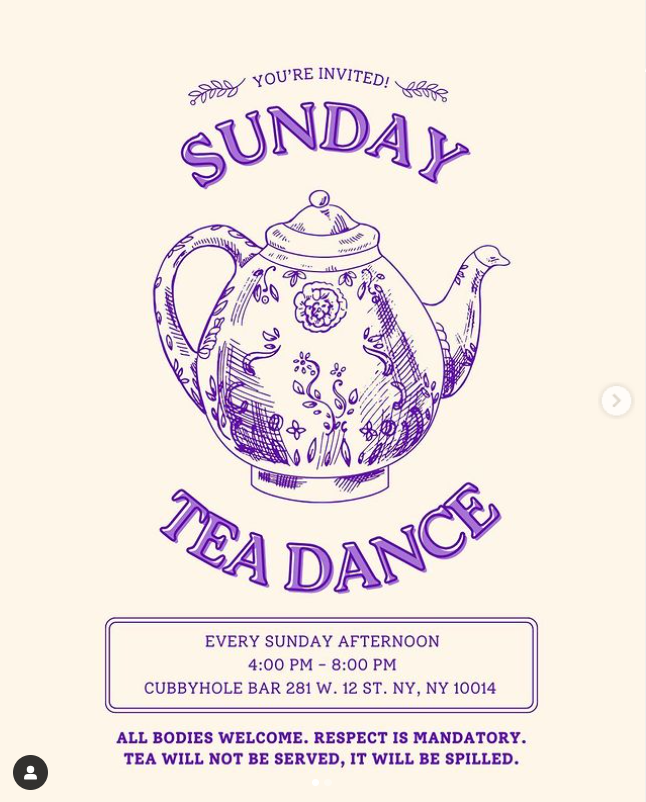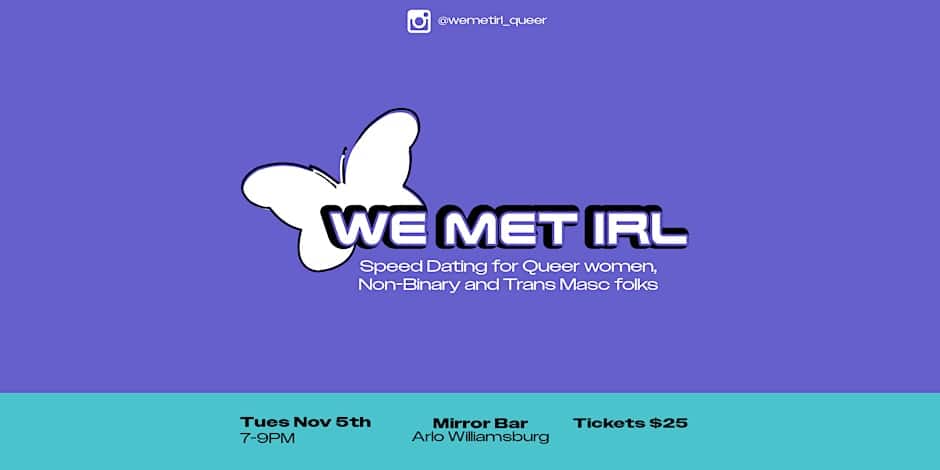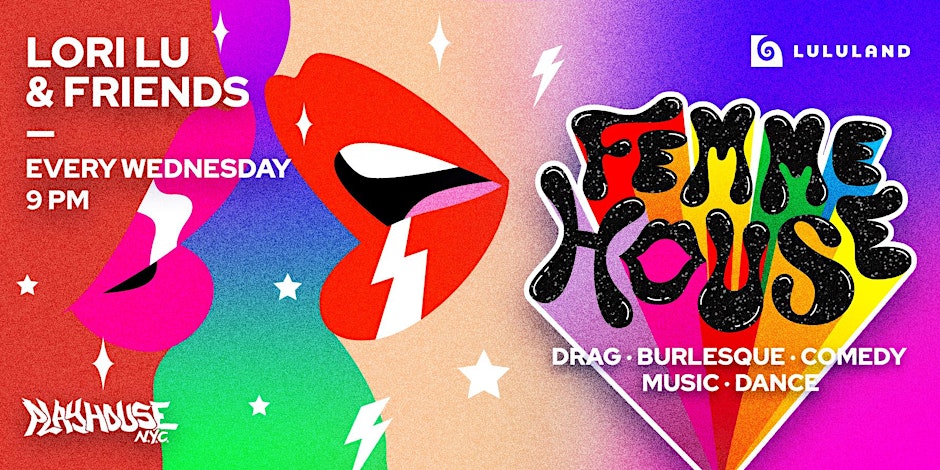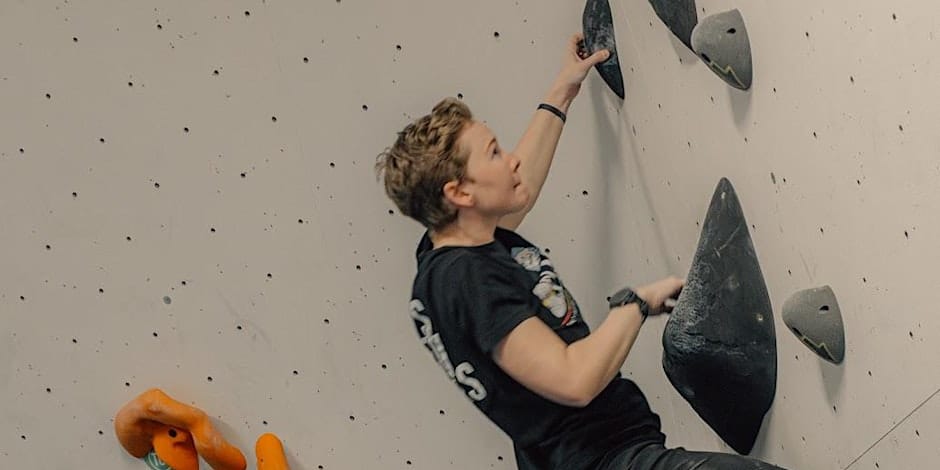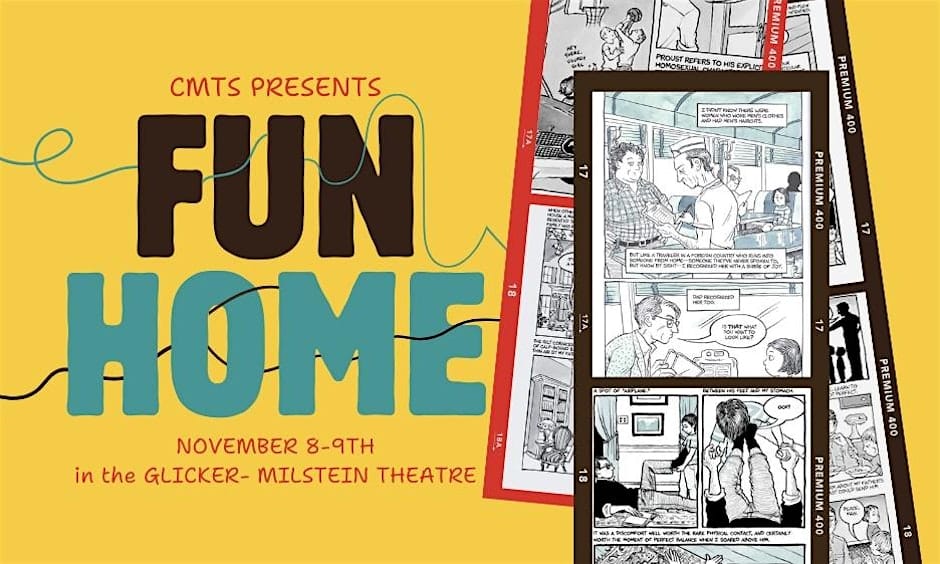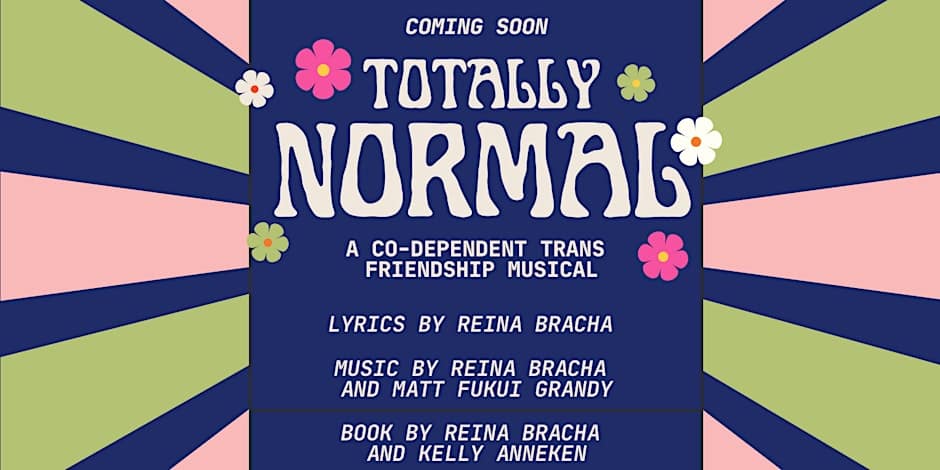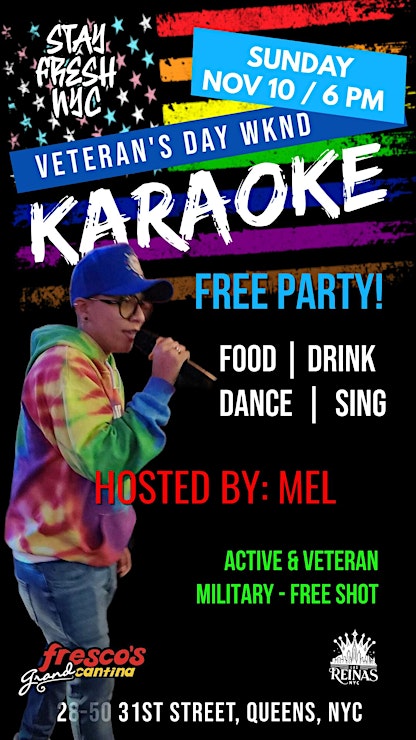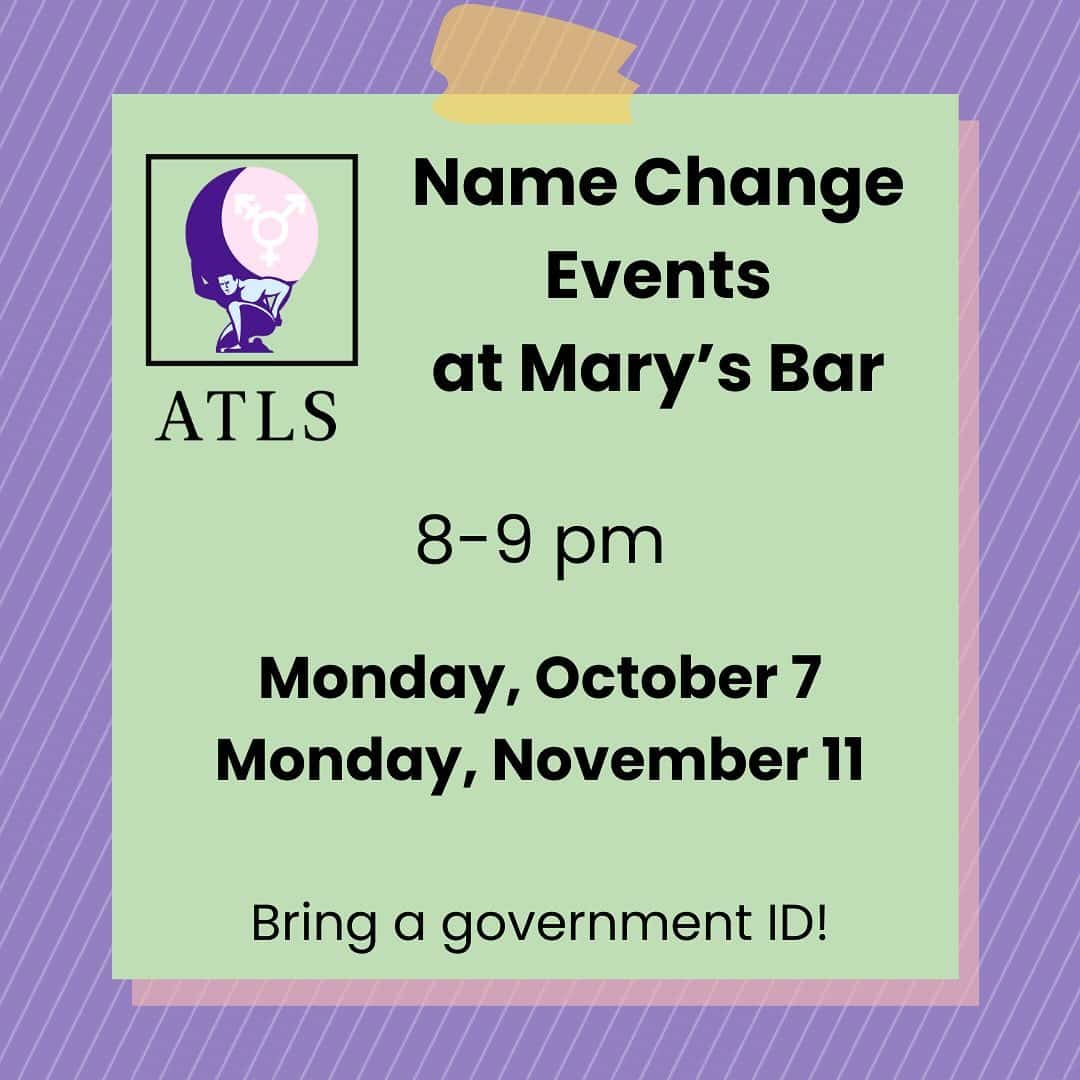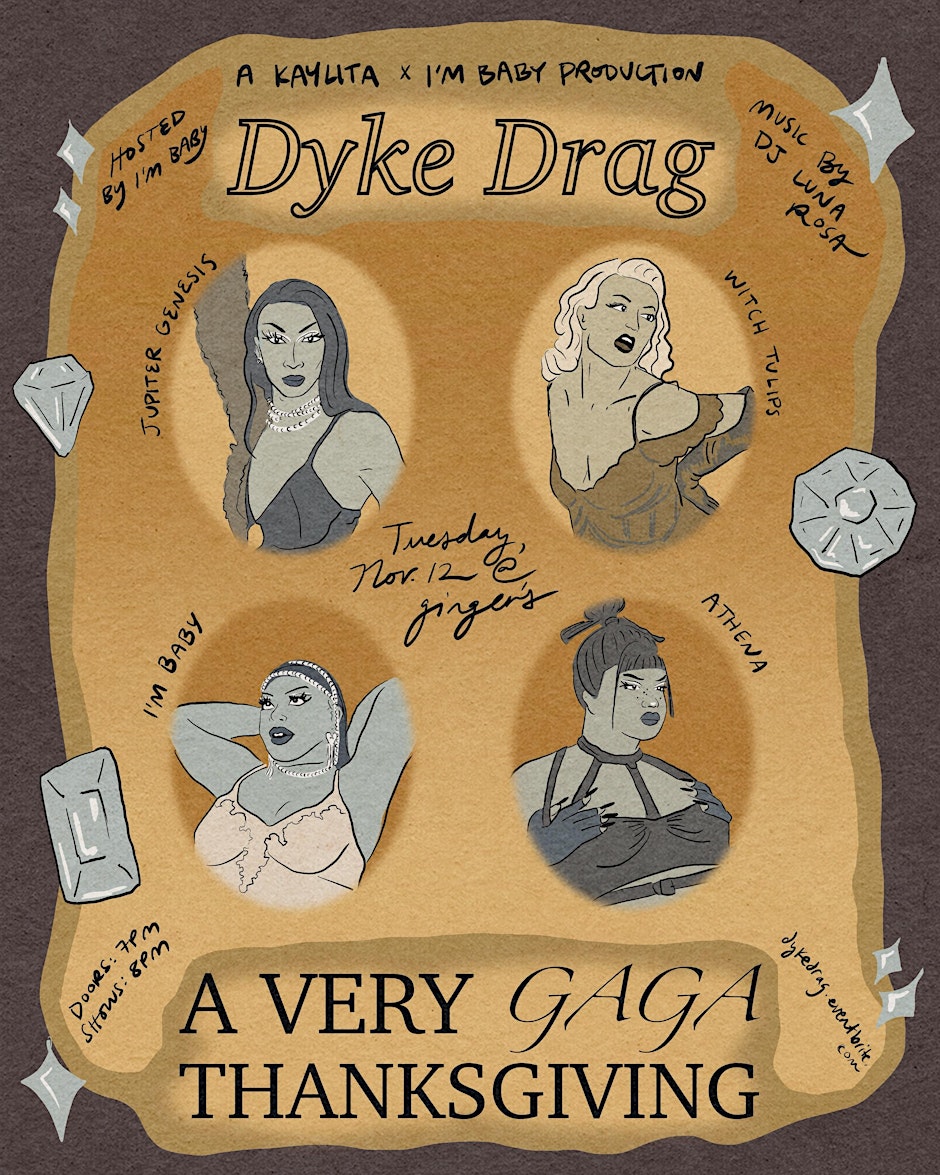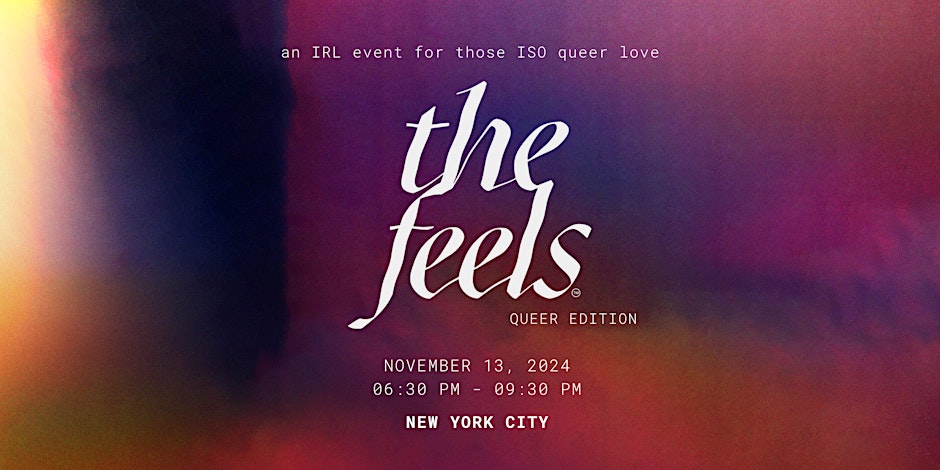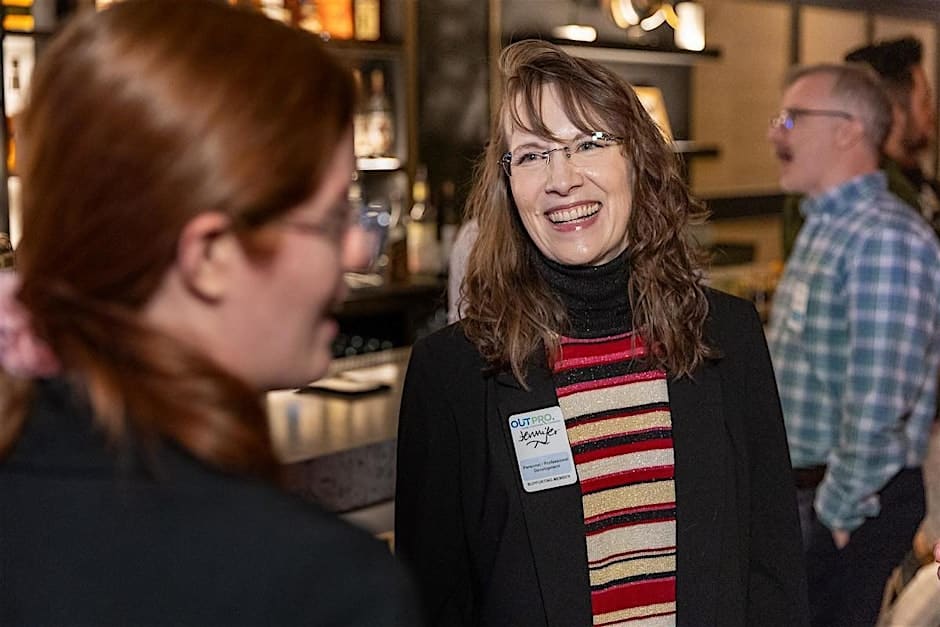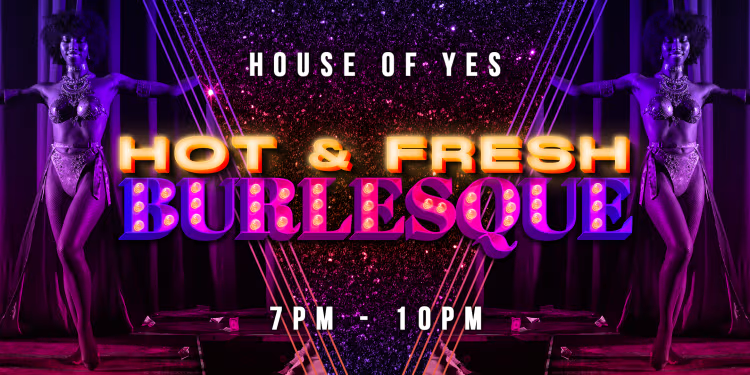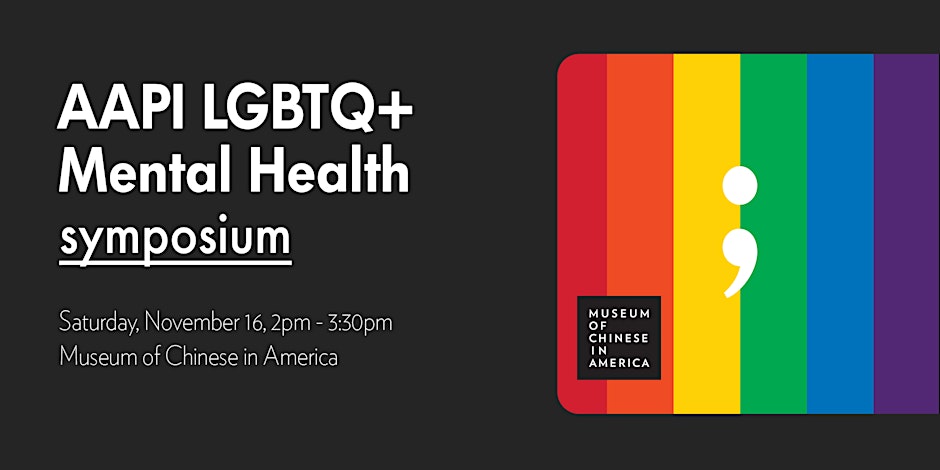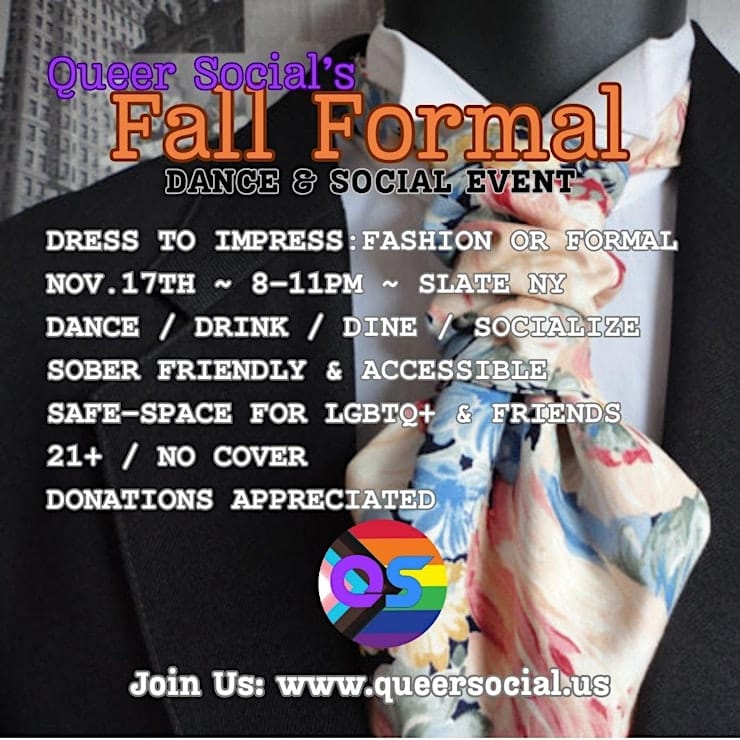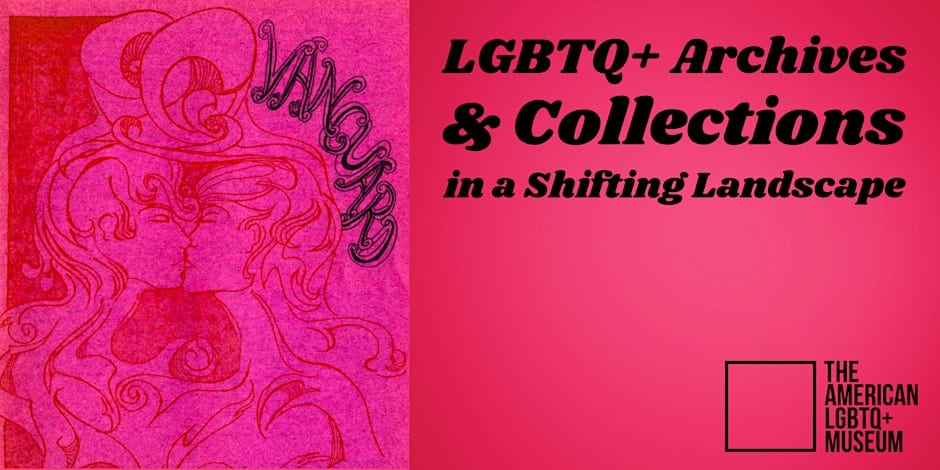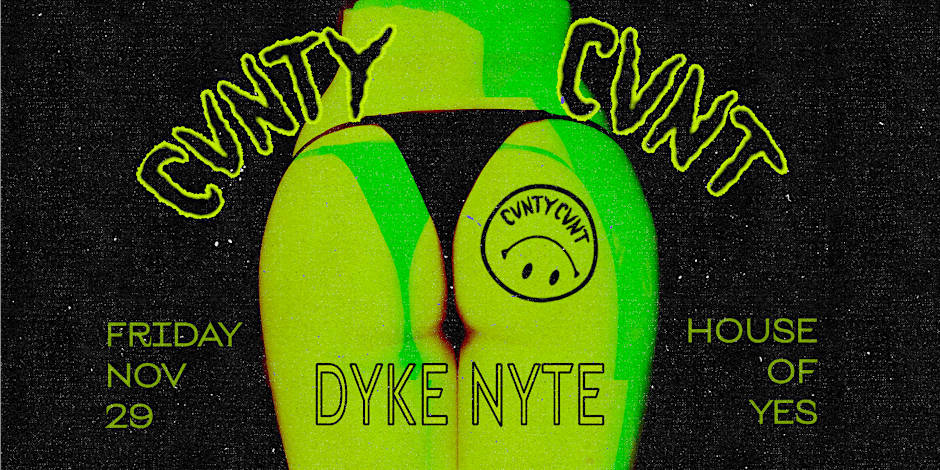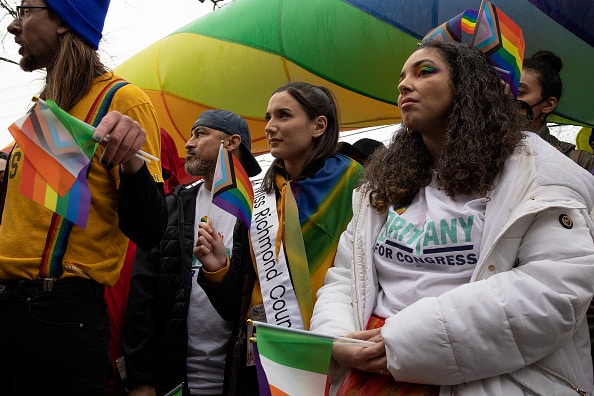For Katie, a nurse practitioner working in a Long Island hospital, a shift during the novel coronavirus pandemic is generally similar to the pre-pandemic routine. But patient management is an entirely different story.
“We’re used to having patients come in with a problem. We do surgery, we fix that, and they recover and we see them go home,” she says. “And that’s not to say that we don’t have complications, or patients that don’t have great outcomes, but the management of Covid patients is a completely different ballgame. There’s no surgery that can fix them.”
Although under tremendous pressure as a first responder on the front line of Covid, Katie agreed to speak to GO on her day off about, of all things, her work: what she has seen and experienced inside the Covid pandemic. It’s not an easy topic, and one few of us outside the medical community can fully grasp. For her privacy, neither her last name nor place of work are specified.
In the early days of the crisis, Katie had expected the Covid spread to be similar to the flu, something the hospitals could handle as usual. But as the hospital where she worked filled to capacity in March, and with Covid patients still coming in, the scope of the crisis became clear. The hospital’s ICUs were transformed into Covid ICUs. Auditoriums were converted into care space. Staff from all units were converted to Covid responders regardless of speciality (Katie normally works as a cardiac nurse). The usually sporadic codes called out on overhead speakers started coming at regular intervals announcing another patient in need of a ventilator — and the supply for these was starting to run low.
Fortunately, the facility received extra ventilators, but the uncertainty highlighted a much larger problem: The situation they faced was entirely unknown. “We didn’t have a treatment plan, no one knew how to treat these patients, and these patients that needed the ICU setting were and still are incredibly sick,” Katie says. “And as healthcare professionals, we didn’t know how to save them, which is not something we’re used to encountering.”
For example, she explains how with inflammatory lung issues, patients’ vent settings can be adjusted to help with breathing. However, with Covid patients, “we’re finding that these patients weren’t responding to what we were used to.” New models to help stabilize the Covid patients didn’t always work, and many had to be placed into medically-induced comas to preserve lung function.
“But the absolute worst part, I think, was that these patients were alone,” she says. “While the volunteer and social work staff were able to raise funds to procure iPads so patients and families could communicate, from what I encountered, the patients in the ICU weren’t able to communicate back. Most of them were in medically induced comas, so it was an emotional roller coaster to us as staff to try to have these conversations and speak with the families, and we couldn’t really give them answers because we didn’t have them.”
But despite the often hopeless feeling of being in the center of the pandemic, Katie is able to take away some positivity from the experience. The response of her hospital, she says, has been amazing, and the staff have worked cohesively and flexibly to respond to the sudden influx in demand that requires they work beyond their speciality areas. They play songs over the intercom when patients are discharged or taken off ventilators and a hospitality tent outside provides staffers with snacks, drinks, and homemade goods.
Members of the public have also sent in tokens of appreciation. “The hospital walls are covered with banners and letters from the community and signs just giving words or encouragement. It’s really great to see,” she says. “It actually does help give you some sense of relief and hope, and this nice little positive thing they’ve been doing around the hospital.” Friends have also been sending gift cards, gift baskets, and anything they can to say thank you; some have made headbands with buttons for securing mask straps that would otherwise rub against sore ears. In one particularly touching gesture, her mother and her mother’s friends made masks for Katie and her colleagues out of old quilts made by Katie’s grandmother. Initially, they were for in case the hospital ran out, although they’re also good for wearing while grocery shopping and running non-hospital related errands.
These types of thank you gestures, Katie says, really do make a difference. “Anything that could just put a smile on our faces, it was just very uplifting.”
Otherwise, at the end of the day she is able to unwind at home with her wife, who has been her “biggest supporter throughout the whole ordeal,” and their two energetic dogs who take them for plenty of socially-distanced walks.
These glimmers of hope are necessary during the crisis which, she says, has been the most challenging ordeal she’s faced in her career. “There were multiple days when I would leave the hospital crying and feeling hopeless. Sometimes you just feel completely incompetent because you don’t have the answers.”
The lack of answers made treating patients at the end of life, and offering whatever comfort to grieving families, even more trying than under more ordinary circumstances. “There were multiple times when we would just cry with families over the phone, just try to hold the patients’ hands for them,” she says. “As healthcare professionals, you’re used to having at least some sort of answer or prognosis or something to give the families, and we didn’t have that. And it was just exhausting.”
For now, she notes that they seem to have gone through the worst of things, with the surge of patients experienced in March and April now slowing. At her hospital, units are transitioning back to their usual specialities, but she does wonder what will happen going into the summer and fall. “Some think that this is not that big of a deal because they’re not seeing it,” she says. “And it’s hard to explain to somebody how bad it can be unless you’re seeing it firsthand or you’re affected firsthand. But then you also have the people that are very OCD and are afraid to even leave their houses.” We can’t quarantine forever, but we also have to strike a balance between coming out and keeping safe.
Having experienced the surge firsthand, Katie is all too aware of what could come. But if another spike occurs, medical professionals like her at least know what to expect. “We hope we don’t get the surge like we did, but I think that we definitely would be able to facilitate it if we needed to.” Perhaps the best way to thank the medical professionals who do their best to save lives is by taking precautions to prevent another surge from coming.


